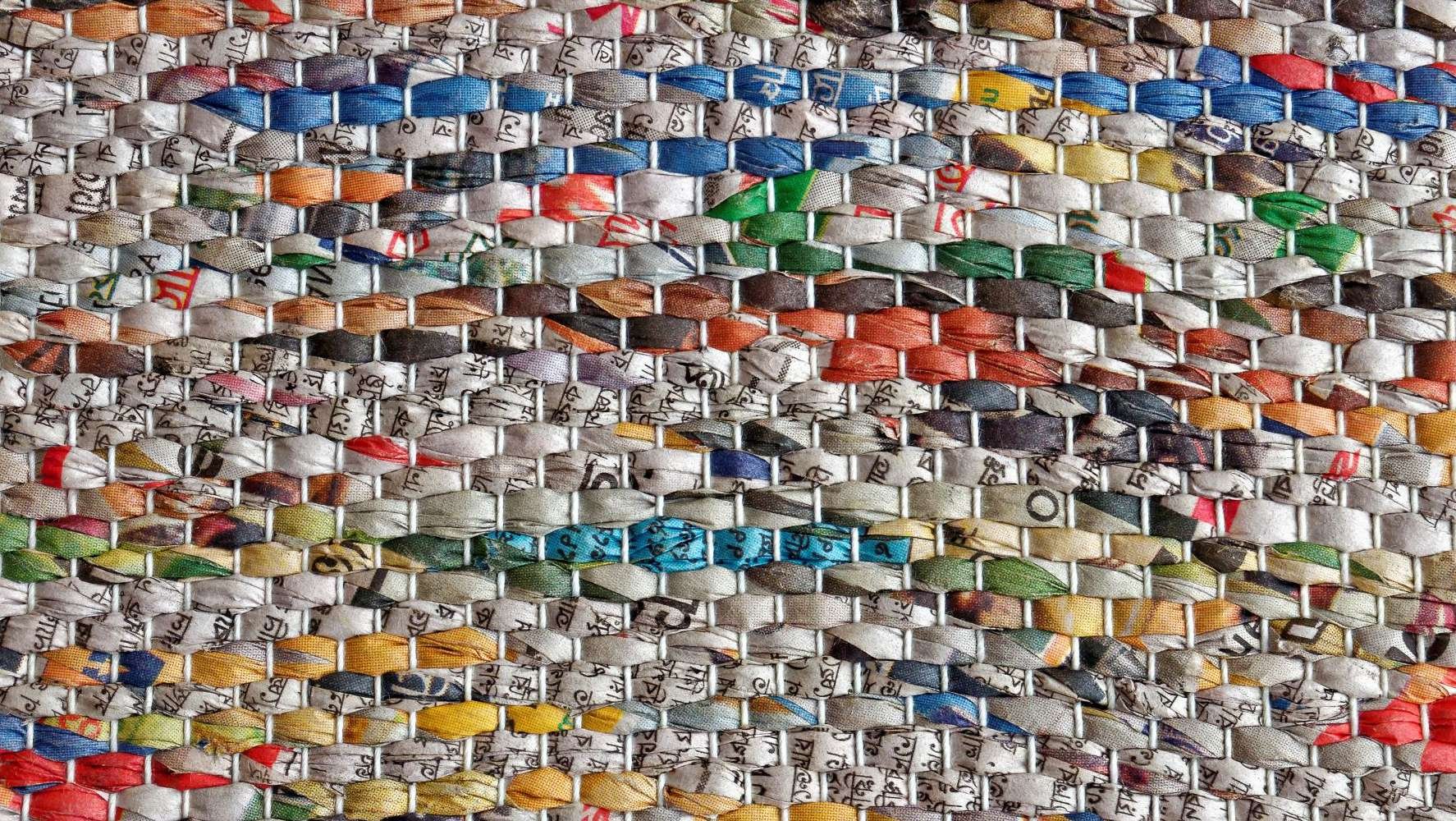How is the EU Trying to Legislate Sustainable Fashion?
One of the most powerful ways to make change is by introducing new legislations that businesses have to comply by. This is exactly what the EU is cracking down on in terms of sustainable fashion: the quality of textiles produced and recycled. Textile products are a source of environmental concern and according to the EU, “European consumption of textiles has the fourth highest impact on the environment.” At the end of March 2022, the EU proposed the Sustainable Textile Strategy for the rest of the decade.
Image courtesy of the EU
What is the EU’s vision?
By 2030, the EU strives towards a textile industry with a large proportion of recycled and repairable materials on the market. It envisages that a wide range of re-use and repair services will be available for garments and materials to be cared for. The EU hope to spread the message that “fast fashion is out of fashion.”
If the EU manages to reach these goals, it would have a powerful impact on the fashion industry. However, these goals are not specific in terms of what percentage of textiles produced should be made from recycled materials, or how many repair services they aim to generate. Therefore, there leaves room for the EU to slack and not push as hard as they could. The EU has proposed a number of action plans in order to achieve this vision for 2030.
Image courtesy of the EU
Action plan:
The action plan laid out is fairly general for now, so we hope that the EU will make these more specific in time. The EU plans to:
Address the release of microplastics into the ocean from synthetic fabrics.
Set clear design requirements to ensure that textiles last longer than before and they can be repaired and recycled more easily.
Encourage consumers to recognise and call out greenwashing claims by fast fashion brands.
Create a digital product passport for textiles, for example, tracking where materials have been transported around the world.
Outline a transition pathway by the end of 2022.
Image courtesy of Resource Magazine
The EU’s action plan shows that they recognise the problems within the textile industry and are looking to make a change. By the end of 2022, we can anticipate a more clear and specific action plan, in order to strive towards a greener textile industry by 2030.
To find out more about the EU’s Sustainable Textile Strategy, click here.



